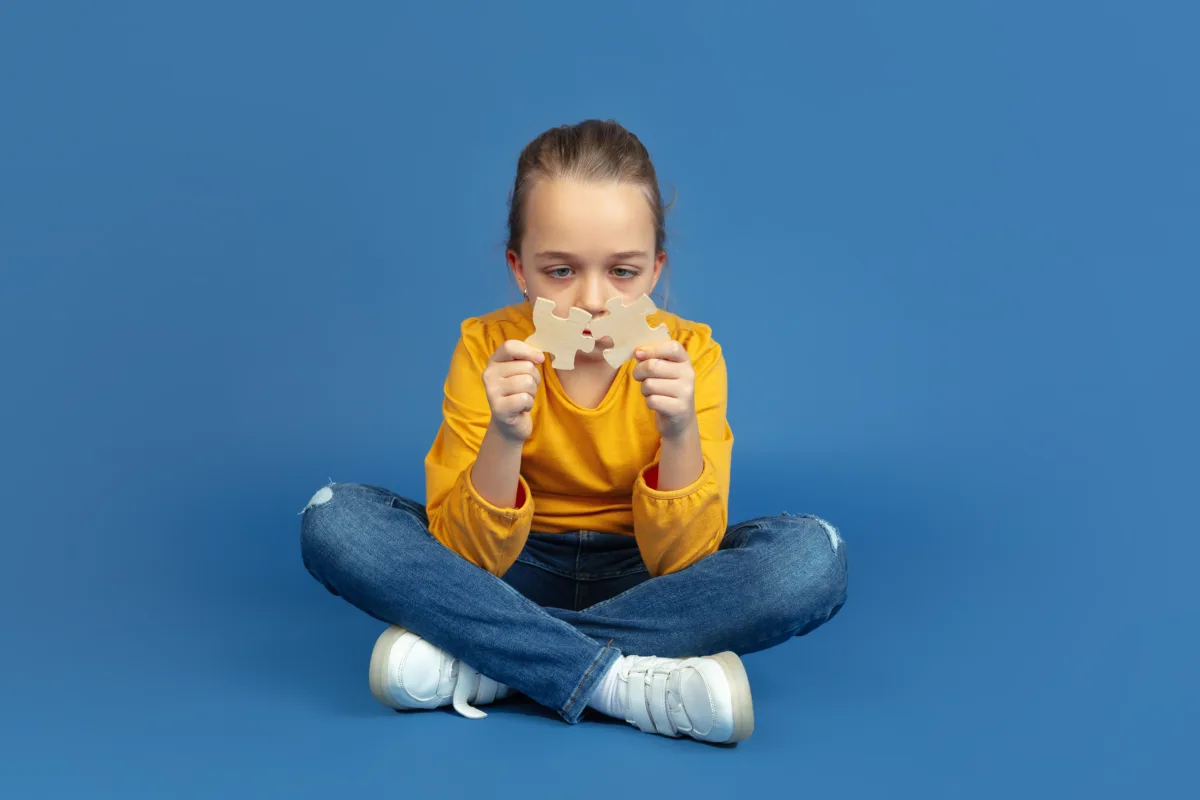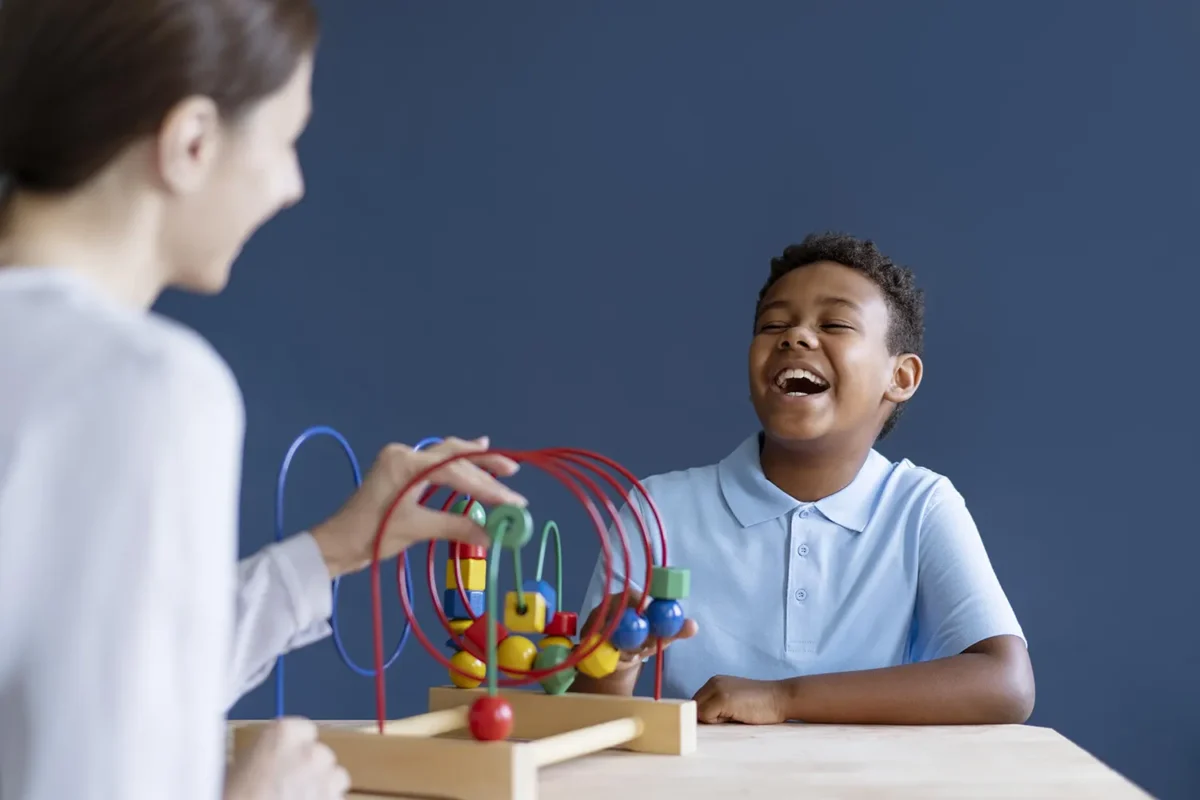Understanding The Effects of Autism on Brain
Autism is a neurodevelopmental condition that has been widely studied for over 30 years. Despite its high prevalence rate, the causes of autism remain elusive. What’s more, the treatment effect of autism varies considerably from person to person and often depends on the severity of symptoms present at birth. The causes for these differences in prevalence are not fully known at this time, although it is thought that genetic factors may play a role in some people’s risk for developing ASD from birth onward.
The term itself derives from the Greek word “autos” meaning ‘self’, and “-poiein”, or “to make or do”. Symptoms appear before age 3 and may be accompanied by some degree of delay in development. This disorder is characterized by impaired social interaction and verbal and nonverbal communication and restrictive, repetitive patterns of behaviour, interests, or activities.
No two people with ASD. are the same, in terms of their symptoms. For some people on the spectrum, it’s difficult to make eye contact or read other people’s facial expressions. Persons with autism experience information processing in their brains that is different from people without autism.
The brain shows less coordinated activity in ASD. Uncertainty exists on whether autism affects how specific brain regions function on their own.
The brain’s grey matter, which controls the majority of its functions, is far more developed in children with ASD. Children with ASD have brains that are larger overall than those of typical children but underdeveloped in certain areas.
This phenomenon might help explain why some kids with ASD excel at math and other subjects that require keen visual-spatial abilities and learning by role, while other kids struggle in these areas.
The human brain contains extensive structural and functional networks. Early brain imaging shows that a brain region can have different activity and roles with both brain network activities and functions. Functional connections and anatomical connections in the brain can be distinguished from one another. The physical connections that exist between the two hemispheres of the brain contain these connections.
At Jeevaniyam, our doctors have an integrative ayurvedic approach in identifying the symptoms of autism and treating it. There is no cure for autism, but there is evidence to suggest that the earlier a child with autism is diagnosed and treated, the better their life will be and our protocols play a major role in improving the quality of life for these children.




